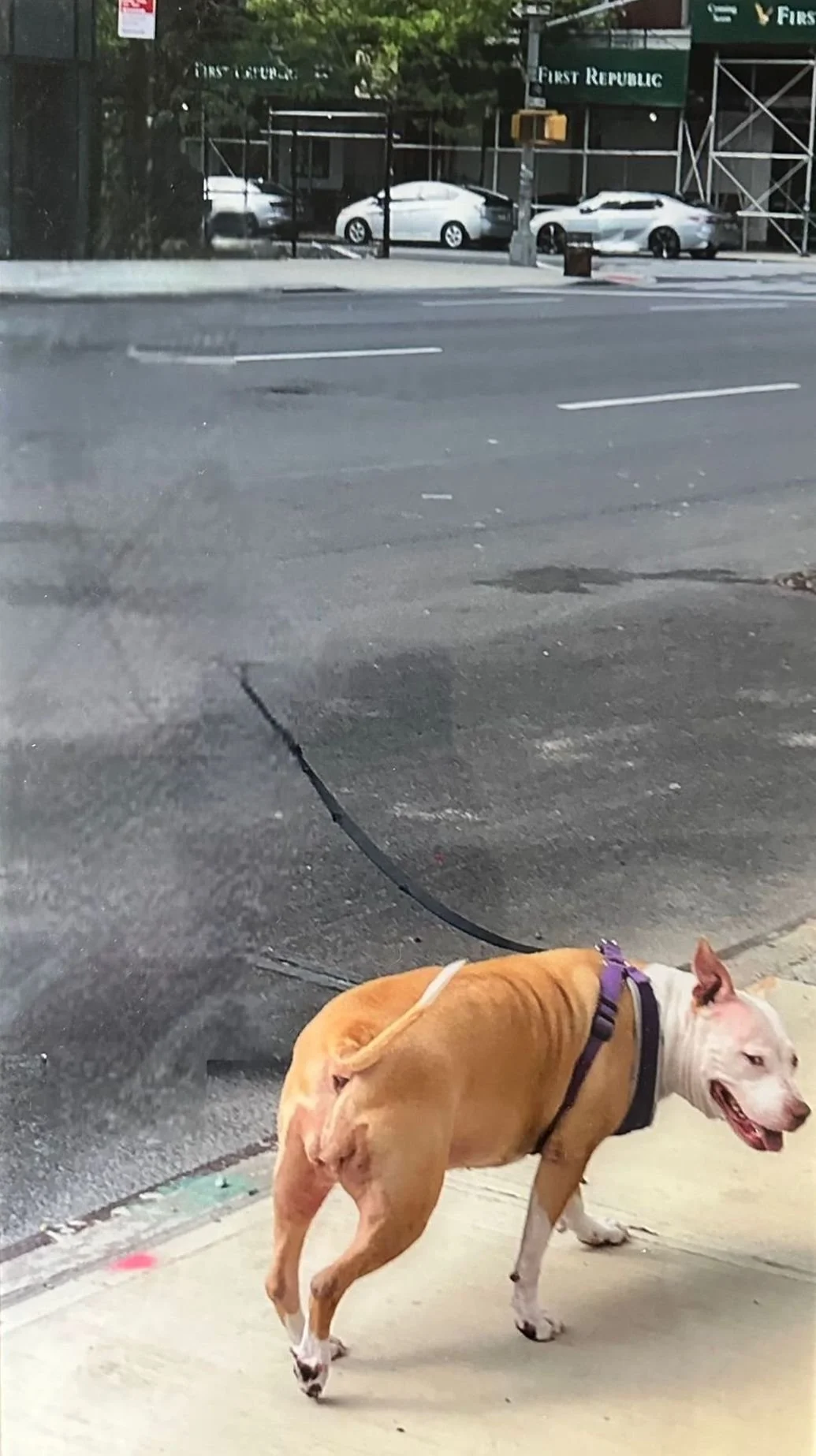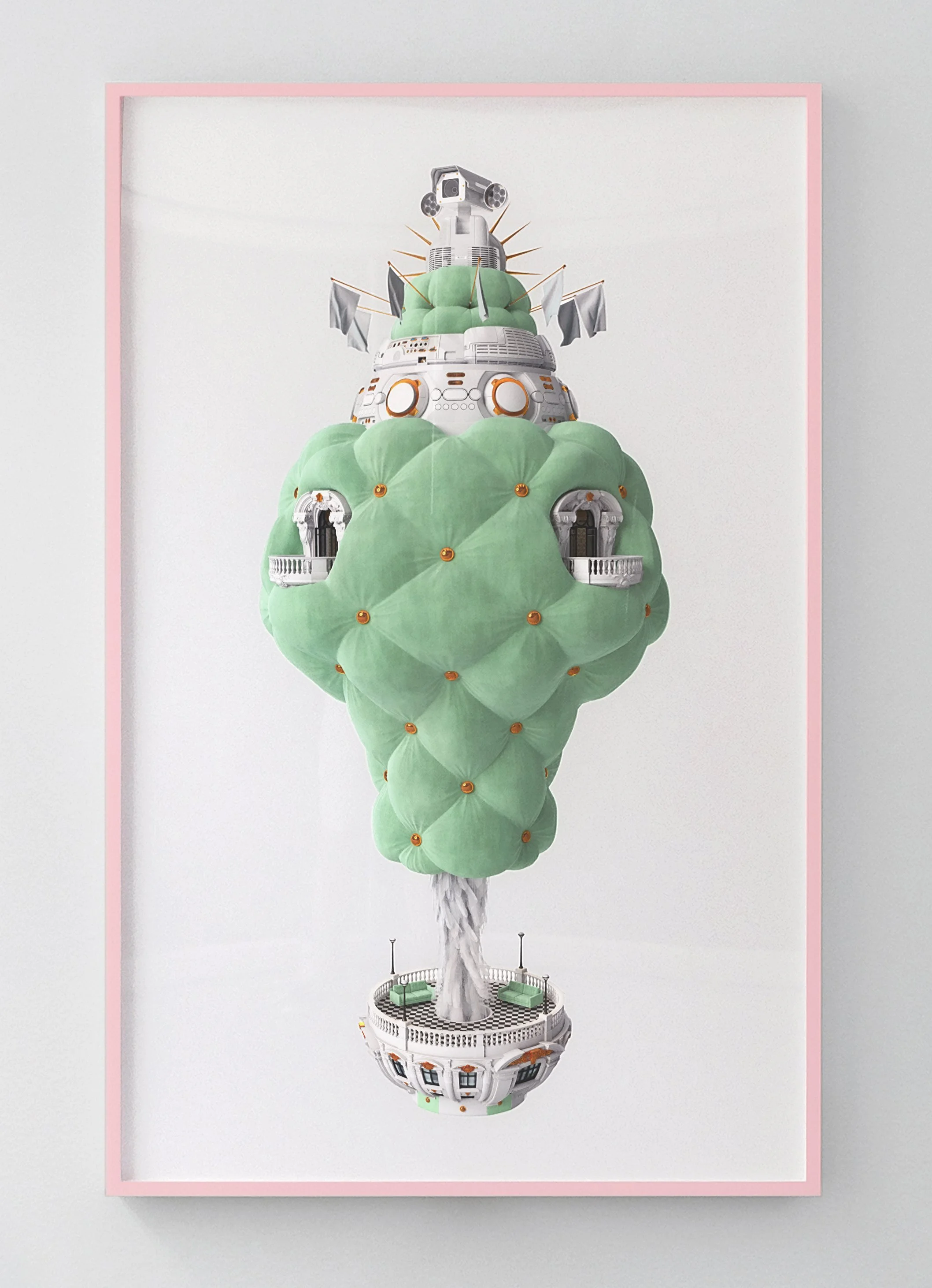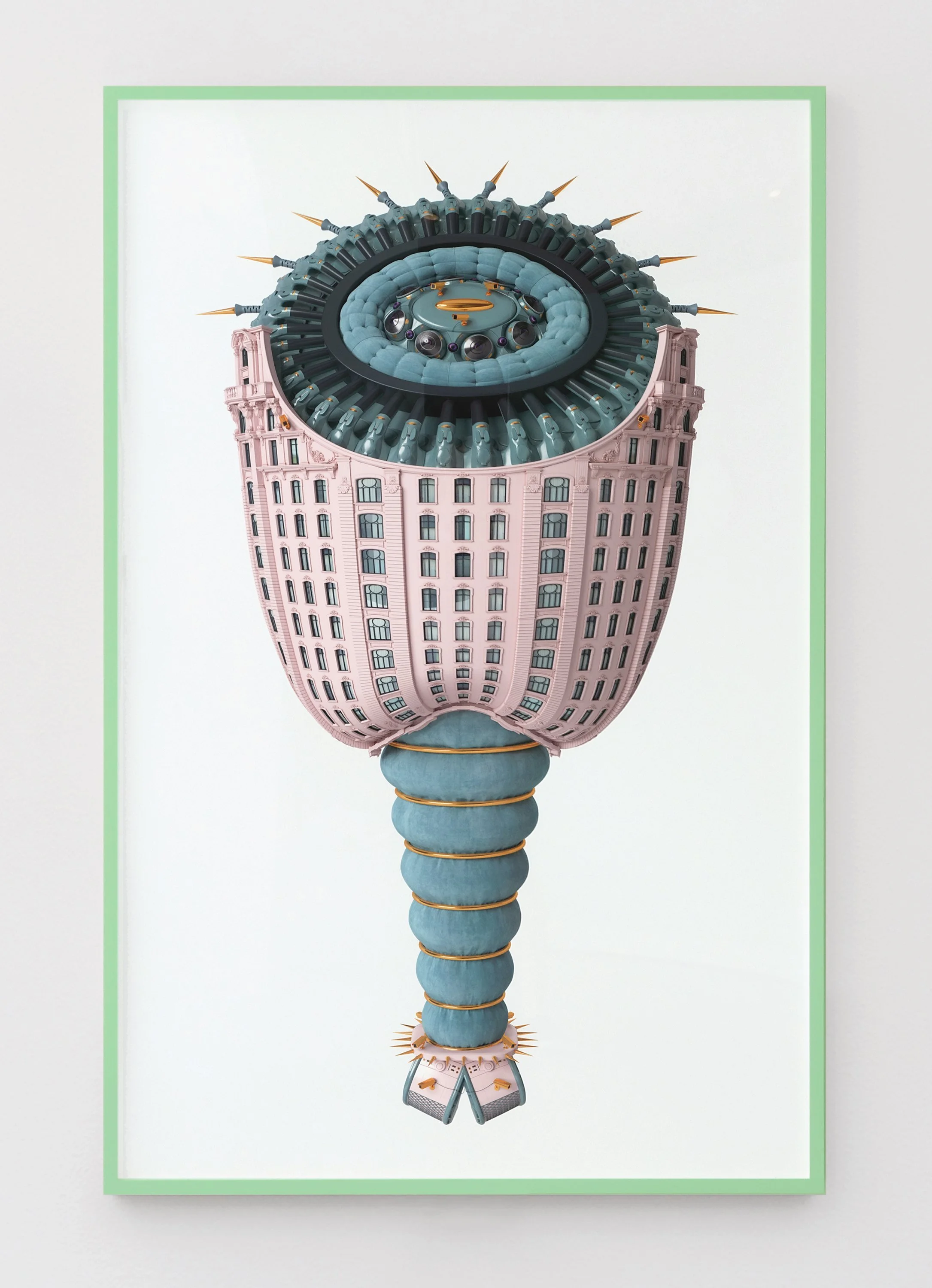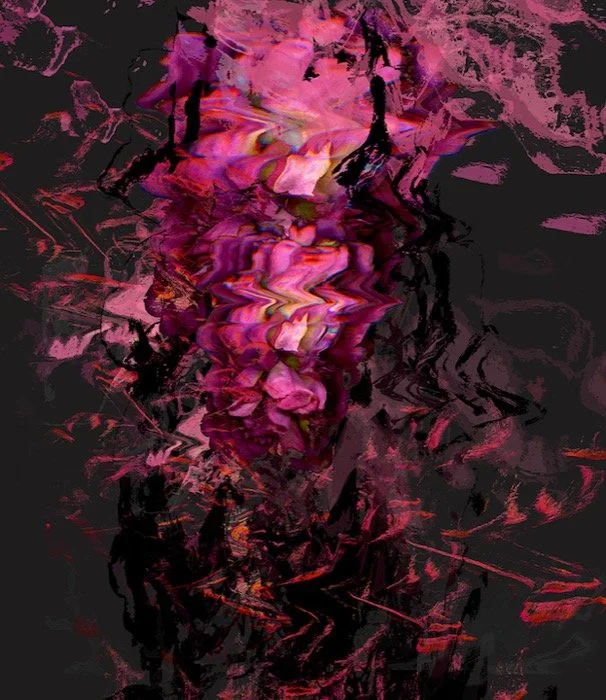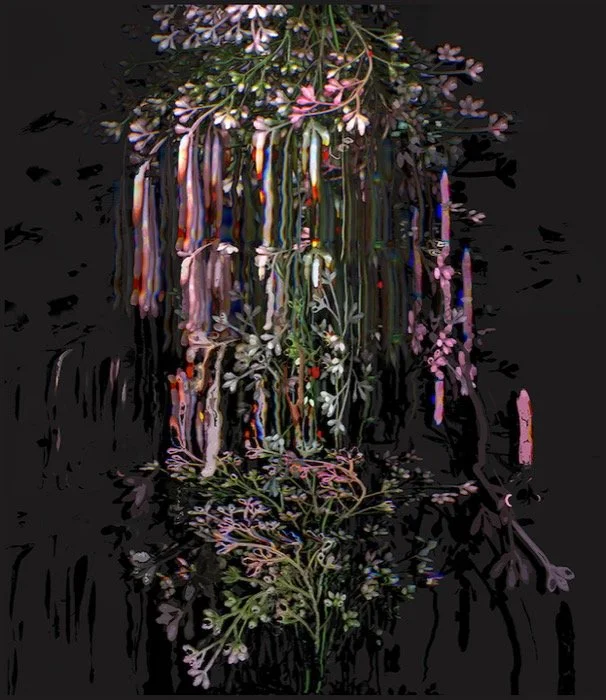Seeking the Digital at PHOTOFAIRS
The inaugural edition of PHOTOFAIRS New York, a new contemporary art fair dedicated to photo-based works, digital art, and new media, took place on Manhattan’s West Side. Directed by Helen Toomer, the founder of Stoneleaf Retreat, and nestled next to the Armory Show in the Javits Center, PHOTOFAIRS offered a more highly inclusive selection of lens-based artwork, from traditional lens and film to ground-breaking technology. Three galleries — Postmasters, bitforms, and Von Lintel Gallery — exhibited works that pushed the boundaries of lens-based media with a focus on the digital.
Installation view of Postmasters Gallery’s booth at PHOTOFAIRS New York. Image courtesy of the gallery.
At Postmasters, Damjanski created two apps and a series of digital photographs. The first app, Napster (2023), previously exhibited at a pop-up event at a Manhattan mattress store, uses augmented reality to place a 3D model of the sleeping artist wherever the user points the camera. The subjects are removed rather than inserted in Bye, Bye Camera (2020). Visitors take selfies with a wall-mounted iPad and watch themselves disappear into the background. The imperfection of the erasure is part of the app’s charm. The resulting image resembles how the extraterrestrial hunters in the Predator films bent light to cloak themselves from their prey. The remaining visual artifacts suggest the absence of the subject, leaving behind a negative space formerly occupied by the human body.
Damjanski, Post Human Dog - Einstein, 2020. Digital print, 15 3/4 x 8 7/8, edition of 3 + 1 AP. Image courtesy of Postmasters Gallery.
The photographs in Damjanski’s series Post Human Dog were created with the Bye, Bye Camera app. These photographs, taken during the height of the COVID-19 pandemic, depict ownerless dogs walking down the street, their leashes suspended mid-air. The comical vision of dogs walking themselves speaks to the dark anxiety felt by pet owners during the COVID lockdowns: “What would happen to my pet if I died from COVID?” Post-human, post-apocalyptic, or post-rapture, these photographs balance humor and dread and evoke memories of the era.
Jonathan Monaghan, Starship Baroque I, 2019. Giclée on Hahnemühle Photo Rag mounted on ragboard, 37 x 58 in, edition of 3 + 1 AP. Image courtesy of bitforms gallery.
Like their gallery program, bitforms’ booth presents new media works with a high-tech edge. Jonathan Monaghan’s Starship Baroque, from the series A Trace Left by the Future, stands out from most of the fair’s offerings for their apparent lack of photographic process. The giclée prints of computer-generated 3D renders combine the opulence of the Baroque with the cold sleekness of futuristic technology. The starships resemble floating palaces with their plush tufting and ornate architectural details.
Jonathan Monaghan, Starship Baroque II, 2019. Giclée on Hahnemühle Photo Rag mounted on ragboard, 37 x 58 in, edition of 3 + 1 AP. Image courtesy of bitforms gallery.
These palaces, however, are under surveillance. Much of the technology depicted in Monaghan’s prints is optical. Starships sprout cameras and lenses in all directions, creating a plush panopticon. This raises a question: who is being watched? The environments, after all, look completely empty and devoid of evidence of human habitation. The surveillance systems are keeping an eye on everything and nothing at the same time, a dehumanized dystopia wrapped in pastel luxury.
Melanie Willhide, Thread the Dews All Night, 2022. Archival pigment print, 37 1/2 x 32 1/2 in, 2 in an edition of 3. Image courtesy of the artist and Von Lintel Gallery.
Von Lintel Gallery’s booth includes three works from Melanie Willhide’s Elegy of the Garden series. Willhide’s glitched images of flowers, their leaves, and blossoms appearing distorted and skewed were achieved through a process that includes using and manipulating flatbed and handheld document scanners. A scan is a synthesis of location and time. When functioning correctly, this merger is seamless as the sensor glides across the document or image at the proper rate. Still, a malfunctioning or manipulated scanner can output strange and captivating results.
Melanie Willhide, Whether by Day Abducted, 2021. Archival pigment print, 37 1/2 x 32 1/2 in, 2 in an edition of 3. Image courtesy of the artist and Von Lintel Gallery.
Willhide’s images have a more profound significance beyond the novelty of the glitch aesthetic, commenting on the ongoing climate crisis by incorporating natural and artificial flowers in her compositions — the swirling glitches preventing the viewer from differentiating between them. The line between nature and the fake becomes blurred and distorted. The category of the natural has lost its significance as unnatural substances such as microplastics and “forever chemicals” have tainted even the most remote regions of Earth. To quote Don Quixote, “Everything is artifice or illusion.”
Melanie Willhide, Through the Vapor and Moonlight, 2021. Archival pigment print, 37 1/2 x 32 1/2 in, 2 in an edition of 3. Image courtesy of the artist and Von Lintel Gallery.


